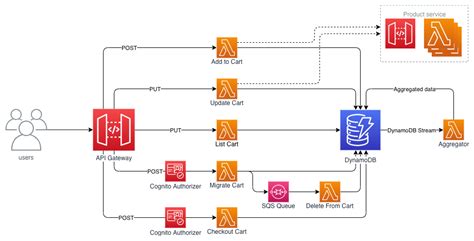Serverless architectures provide numerous advantages, from reducing operational costs to simplifying infrastructure management. However, one of the persistent complexities in this paradigm involves handling file storage efficiently. Developers often find themselves tangled in a web of ACLs, bucket policies, CORS configurations, content headers, and the rest. With so many moving parts, what should be a straightforward task turns into a daunting challenge. Enter FILE0—a new tool designed to streamline file storage for serverless applications by abstracting away these complexities and catering to developers who seek speed and ease of use.
File storage frameworks like Amazon S3 have become indispensable in the cloud ecosystem, but their comprehensive feature set can become a double-edged sword. Though features like granular permissions, multipart uploads, and presigned URLs provide tremendous flexibility, they also significantly raise the bar for developers who simply want to manage a few files effortlessly. As one commenter aptly pointed out, the rich feature set of S3 isn’t necessarily helpful 99% of the time but is crucial for the remaining 1%. Thus, the arrival of a simplified solution like FILE0 aims to serve those who prioritize ease of use over feature richness.
FILE0 emerges as an interesting alternative, especially for developers, indie hackers, and startups who might not need the full gamut of functionalities offered by traditional cloud storage providers. As highlighted by many, it offers a simplified API centered around ease of use and rapid deployment, substantially reducing the learning curve. A typical use case would involve uploading a file and making it public with just a few lines of code without wrestling with numerous configurations and policies. Here’s a basic example of how you can use FILE0 to upload a file from your backend:
import { f0 } from 'file0';
const token = await f0.createToken('myfile.png');
await f0.useToken(token).set(myfileblob);
Uplifting simplicity is at its core.
While FILE0 clearly prioritizes simplicity, it doesn’t mean it’s devoid of important features. Built on Cloudflare’s R2, FILE0 leverages its robust and reliable infrastructure while passing on the cost benefits to its users. R2’s lack of egress fees translates to more predictable and simplified billing compared to other cloud providers who often charge for every transaction, data transfer, and more. However, complexity isn’t entirely eradicated. In fact, some concerns were raised regarding potential legal and security pitfalls, particularly around data handling, regulations, and the possibility of content violations. These issues call for a robust legal framework and careful content management practices.
Although some users expressed skepticism about replacing traditional solutions like S3 with a newcomer like FILE0, the developers stress that FILE0 isn’t meant to serve all audiences. It’s particularly tailored for scenarios where getting up and running quickly is more critical than having the most feature-complete solution. In essence, FILE0 captures a niche market: developers who are building small to medium-scale applications and are looking for an accessible, efficient, and transparent service for file storage. As the app gains traction and evolves, it’s likely that constructive feedback from early adopters will spur further improvements and feature additions. Ultimately, while FILE0 is not a one-size-fits-all solution, it certainly provides a breath of fresh air in a space that’s been craving simplicity.


Leave a Reply